10 things to change in your home when you change your clocks
The twice-annual shift to and from daylight saving time is a good time to make sure your house, garden and car are well-maintained.
Here is a handy checklist to make sure you're ready for the upcoming change in season.
1. Replace the batteries in smoke and carbon monoxide detectors
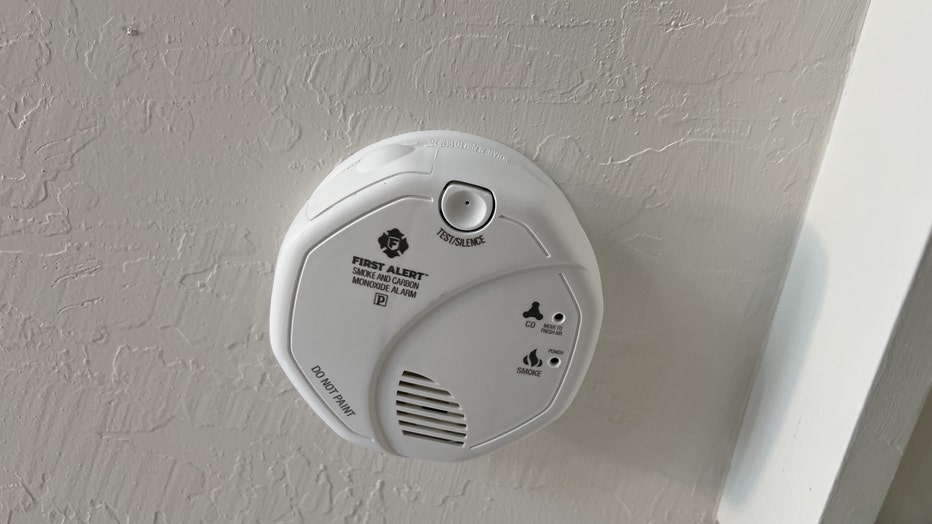
Low-angle view of First Alert smoke detector and carbon monoxide detector on ceiling, Lafayette, California, August 31, 2022. Photo courtesy Sftm. (Photo by Gado/Getty Images)
More than 360,000 fires occur in homes every year, and only 42% of homes have a working carbon monoxide detector.
To keep your family safe, replace the batteries in your smoke detectors and carbon monoxide detectors twice a year. Also, be sure to test the alarms monthly.
HOW TO TAKE THE BITE OUT OF RISING UTILITY BILLS
2. Check your furnace and water heater
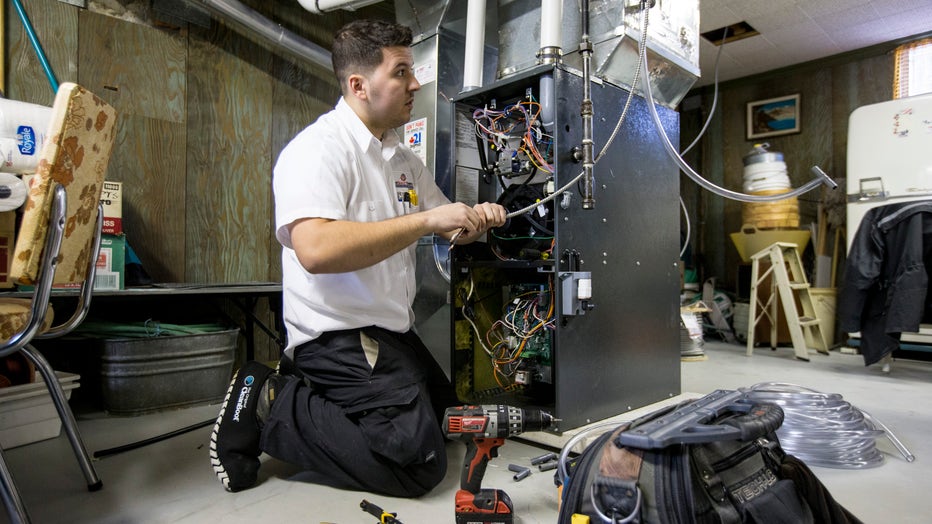
Service technician from Air Quality Dunrite, Kyle Lopes, repairs a furnace on Wednesday January 29, 2014 in Toronto. (Carlos Osorio/Toronto Star via Getty Images)
You never want to be without heat or hot water. To make sure your family doesn’t find itself in that situation, have a professional inspect your furnace and water heater when daylight saving time starts in the spring.
This will help reduce the chances of your heating system malfunctioning, whether during the summer or especially during the chilly fall and winter months.
DON'T SWEAT THE SUMMER HEAT OR AC SERVICE BILLS. HERE'S THE DIY GUIDE TO GET YOUR UNIT READY
3. Change your air filter

Close-up of new HVAC filter (Photo by Smith Collection/Gado/Getty Images)
While air filters should be checked monthly, daylight saving time can be a good time to remind ourselves to check the filters and see if they need to be replaced.
Regularly replacing air filters will help make sure the air circulating throughout your home is clean. Plus, swapping them out can help extend the life of your furnace.
WHEN THE PRESIDENT CONTROLLED THE THERMOSTAT
4. Reverse your ceiling fans
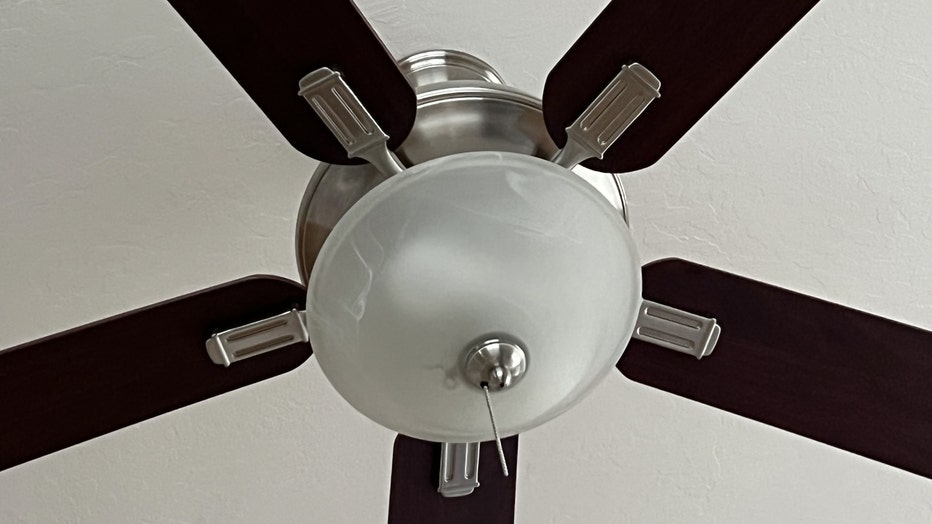
Low-angle close-up of a ceiling fan (Photo by Gado/Getty Images)
Apart from helping air circulate throughout a room, ceiling fans can also affect the temperature of a room, depending on the direction it turns.
A fan turning clockwise pulls cool air upward to the ceiling, which helps disperse the warm air trapped near the ceiling. A fan turning counterclockwise pushes cooler air downward. You can adjust these settings by flipping a switch on the ceiling fan while the fan is turned off.
THE HISTORY OF THE AIR CONDITIONER AND HOW IT TRANSFORMED AMERICAN LIFE
5. Clean or swap out your drapes and curtains
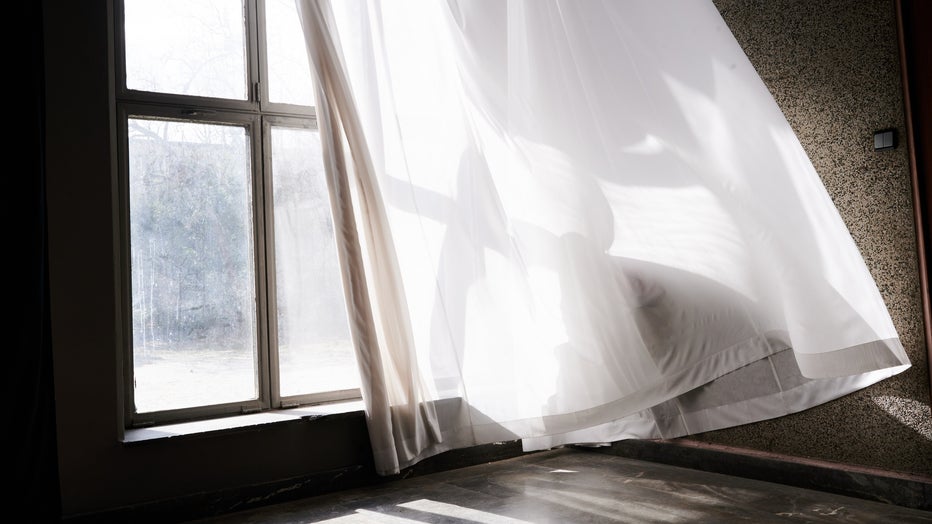
The wind blows a curtain in front of a window. (Photo by Annette Riedl/picture alliance via Getty Images)
Dust collects on drapes and curtains, so be sure to clean them at least twice a year by either vacuuming them or throwing them in the washer.
Also, consider replacing heavy curtains in the spring with lighter ones to increase airflow during warmer months. In the fall, bring the heavier curtains back out to help retain heat in your home during cooler months.
WHY SEASONAL ALLERGIES ARE GETTING WORSE
6. Clean your dryer filter and vent
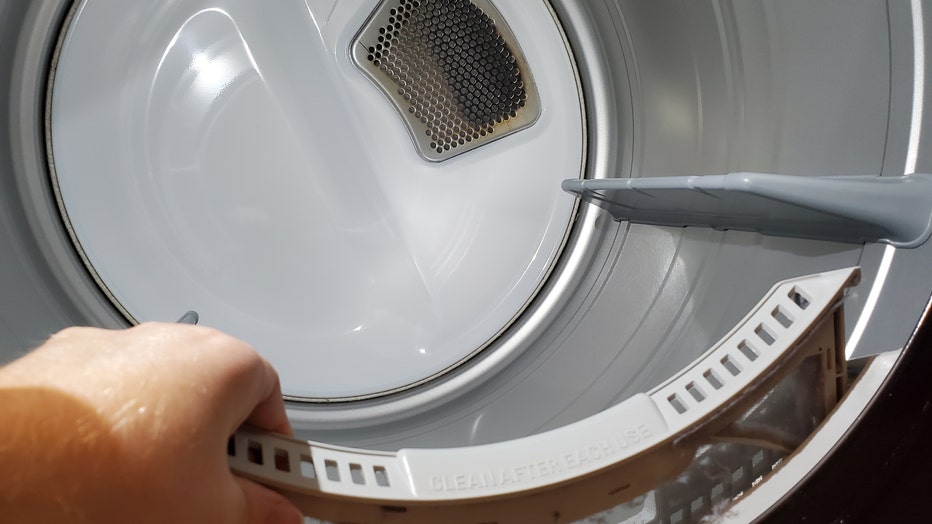
(Photo by Smith Collection/Gado/Getty Images)
An estimated 2,900 dryer-related house fires are reported each year, and the leading cause of those fires is a failure to clean the dryer filter and dryer vent.
To keep them clean and prevent a fire hazard, clean the lint filter with a nylon brush at least every six months. Also, be sure to clean the lint out of the dryer vent at least every three months, and remove lint from the lint filter after each load of laundry.
PROVIDING HOPE FOR HURRICANE VICTIMS, ONE CLEAN SHIRT AT A TIME
7. Clean your gutters

(Photo By Marlin Levison/Star Tribune via Getty Images)
Dirty, clogged-up gutters can create a number of problems for your home. They can cause roof leaks, lead to water damage inside and outside your home and harbor rodents, insects and mold.
By cleaning out your gutter twice a year – when daylight saving time starts in the spring and ends in the fall – these problems can be averted.
BUDGET-FRIENDLY WAYS TO KEEP COOL DURING HEAT WAVES
8. Take care of your yard and plants

(Photo by H. Armstrong Roberts/ClassicStock/Getty Images)
Whether daylight saving time starts in the spring or ends in the fall, make sure your lawn and garden are prepared for the seasonal weather.
In the spring, cut back branches and remove any debris that may have fallen over the winter. This is also a good time to till and aerate your garden, and to plant any summer bulbs. Additionally, make sure your lawn mower and other machinery are in good working order.
In the fall, leaves should be removed from the yard, as allowing them to remain piled up may kill your grass by depriving it of sunlight and oxygen. Remove dead shrubs and remove and kill weeds from your garden. Also, lay down mulch in your garden to help insulate the plants.
HOW LAWNS BECAME A STATUS SYMBOL IN AMERICA
9. Prepare your car

(Photo by David McNew/Getty Images)
Maintaining your car will not only ensure that your vehicle will run smoothly, but it will also make sure that you are safe.
When daylight saving time begins in the spring, prepare your car for the summer heat by checking your tires, replacing windshield wipers and making sure the air conditioner is working properly.
HOT WHEELS: HOW TO PREPARE YOUR CAR FOR SUMMER TRAVEL
Some maintenance tips to keep in mind leading up to winter include servicing the radiator system, checking the antifreeze level and making sure the heater is working properly.
10. Check your emergency kit

Canned goods. (Ben Hasty / MediaNews Group / Reading Eagle / Getty Images)
An emergency kit contains food, water and other emergency supplies that can help your family survive a power outage and other crises for several days.
Daylight saving time is a good time to take stock of what is in your emergency kit, such as making sure you haven’t run out of items, checking the expiration dates on food items and the quality of batteries in flashlights.

